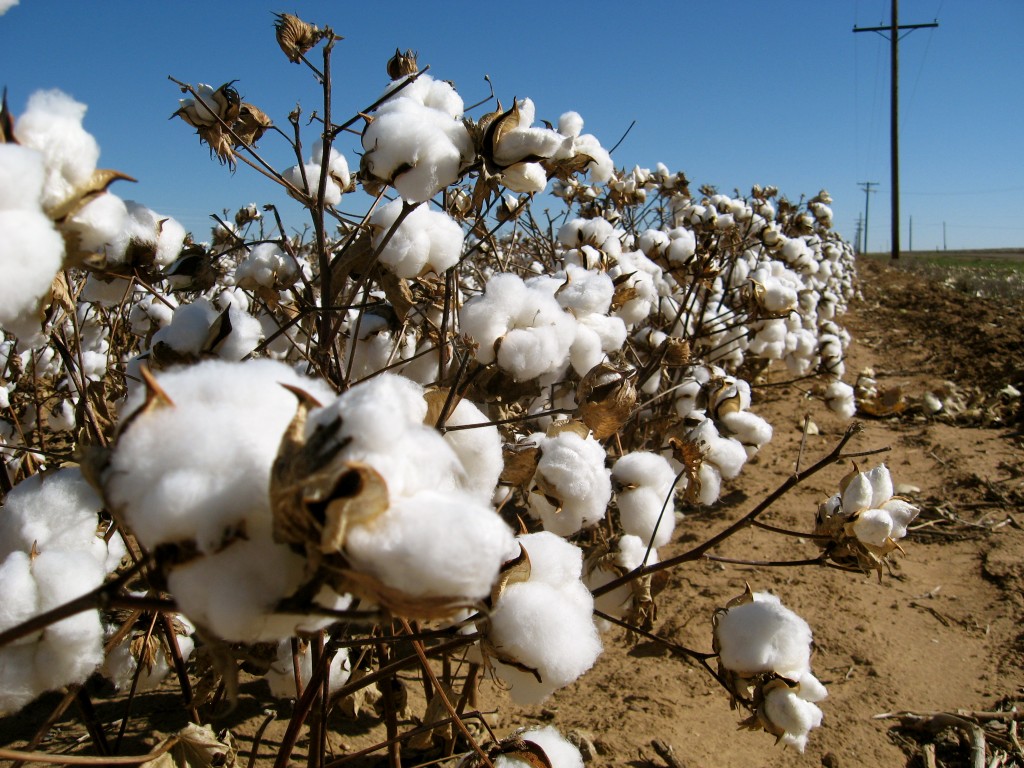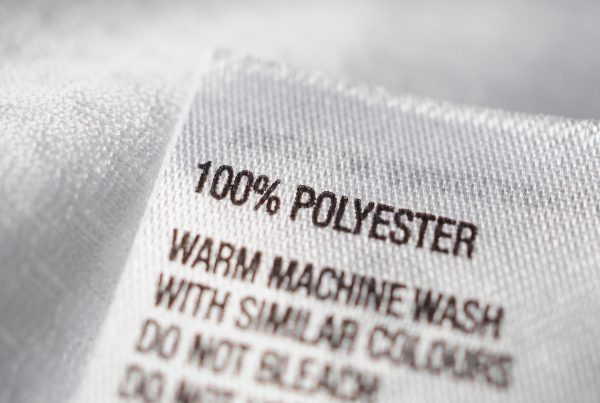
Cotton is an important part of our daily lives—in fact, most experts agree that it is one of the most commonly used materials in the United States. Traditionally, cotton is defined as a soft, white fibrous material that is used in the production of textiles and other materials. Individuals who are interested in learning more about cotton may first want to study its history and cultivation. In addition, obtaining a better understanding of the different types of cotton, and its pests, uses, and weeds can be important for individuals who want to learn more about this mighty plant. Additional information can be obtained through online resources or from experts in the field.
History
Cotton is believed by many historians to be one of the oldest plants in the world. In fact, some researchers hypothesize that cotton was first grown more than 7,000 years ago in western Pakistan! From there, the use of cotton spread to Asia, India, and eventually Europe, where it was then transported to other parts of the world. Eventually, cotton was brought to the United States in the mid-19th century, where it has remained as an important commodity to this day.
- History of Cotton—Brief summary of the origins of cotton and its history.
- The Story of Cotton—Describes where cotton originated, how it was first grown, and its role in the developing new world.
- Story of Cotton: History—Facts and trivia on the origin of cotton in the US and abroad.
Types of Cotton
Gossypium hirsutum
Gossypium histutum is the most commonly produced type of cotton in the United States. Despite being grown predominantly in the United States, it is believed to be native to Mexico and Central America. Some historians believe that Gossypium hirsutum was grown as long as 5,000 years ago. It is a relatively hardy stock that can withstand a number of growing conditions, and is sometimes referred to as “Short Staple Upland.”
Gossypium barbadense
Gossypium barbadense is also sometimes known as Extra Long Staple Cotton. Traditionally, this type of cotton is frost-sensitive, features yellow flowers, and has small, black seeds. For best results, Gossypium barbadense should be grown in full sunlight and in an area that offers high humidity levels. Specific types of textiles that are made from Gossypium barbadense include American Pima, Egyptian Giza, and Indian Suvin.
Gossypium arboretum
Native to India and Pakistan, Gossypium arboretum is often called Tree Cotton. It usually fares best in tropical and subtropical parts of the world, though recently is has been exported to southeastern Africa. Gossypium arboretum plants can grow to as high as six feet, and feature large, purple flowers. Unlike the other Gossypium varieties described above, it is not traditionally used in the industrial textile industry.
Gossypium herbaceum
Finally, Gossypium herbaceum is a type of cotton plant that is native to sub-Saharan Africa and Arabia. Though it has been cultivated for a number of centuries, it can still be found growing wild in many parts of these countries. Gossypium herbaceum is sometimes known by its common name, Levant cotton. Some natives may also refer to it as the vegetable lamb plant.
- PLANTS Profile—Images, growth charts, and planting recommendations for the cotton subtype Gossypium hirsutum.
- Plants of Hawaii—Pictures and growing recommendations for Gossypium barbadense.
- Gossypium Barbadense—Lineage and reference materials related to the plant Gossypium barbadense.
Cultivation
Despite its abundance, the successful cultivation of cotton can be a difficult process. Traditionally, cotton is grown in climates in which frost is minimal, sunshine is plentiful, and rain occurs in only moderate amounts. Depending on the specific area in which the cotton is grown, planting times may occur as early as February or as late as mid-June. In most cases, the cotton plant is harvested in mid to late autumn months, though this may vary with seasonal fluctuations.
- Sustainable Cotton Production—Explains the process by which cotton is grown and harvested.
- Fact Sheet on US Cotton Subsidies and Cotton Production—Facts and figures about cotton cultivation in the United States.
- The Cotton Industry and the Industrial Revolution—Describes cotton production and how it has changed over the years.
Pests and Weeds
As with other types of plants, minimizing the effects of pests and weeds on cotton plants can be quite challenging. While there are a number of different types of pests and weeds known to attack cotton plants, the most common include the boll weevil and the pink bollworm. Fortunately, works by the USDA’s Boll Weevil Eradication Program has resulted in the elimination of the majority of these pests. Chemical herbicides and insecticides are often used for other pests and weeds that interfere with cotton growth.
- Pests of Cotton—Describes insects and bacteria that can damage and destroy cotton plants.
- How to Manage Pests—Recommendations for the management of cotton pests in the United States.
- Cotton Insect Pests—Explains the impact of pests on the cotton industry, and offers suggestions on their management.
Uses
Traditionally, cotton is associated with the production of clothing, t-shirts, linens, and other similar products. While there is no question that cotton is used in this manner in abundance, it does have other, important functions. For example, in recent years, the use of cotton has expanded to the production of certain oils, livestock fuel, and even explosives. As research into the production of cotton continues, there will likely be additional uses for this mighty crop.
- Uses—Description of the different ways in which cotton fibers can be used.
- New Medical Uses for Cotton: Better Treatments for Wounds—Brief summary of the ways in which cotton can be used for chronic wounds and infections.
- Cotton Facts—Information on the various uses of cotton, including oil, fuel, and clothing.
International Trade
The growth and cultivation of cotton is often associated with the southeastern United States. While it is abundantly grown and used within the US, other countries rely on it as well—making it an important commodity in international trade. Currently, the largest producers of cotton include China and India, though the United States and Africa are the largest exporters. The development of the cotton industry has grown especially fast in Africa, which is likely due to the absence of a functional textile industry.
- International Cotton Association—Organization that oversees the international sale of cotton.
- Organic Cotton: An Opportunity for Trade—Describes how the development of organic cotton can be useful when trading with foreign countries.
- Facts and Figures: The Cotton Trade—Information about the sale of cotton in the United States and abroad.
- Market Integration: An Application to International Trade in Cotton—Describes various techniques used in the international sale of cotton.
- Cotton: International Trade—Provides various articles and information about the international sale of cotton.
- Selling Cotton Learning Journey—History of cotton industry and current international market.
- Liverpool Still Rules the World of International Cotton Trading—Describes the leaders in the field of cotton trading.
- Cotton Outlook—Expectations of the cotton trade in local and global markets.
- Overview of the Better Cotton System—Provides recommendations for the improvement of global cotton trade and sale.
- Warped Policy on Cotton Textiles—Describes questionable behaviors related to cotton textile industry.
Additional Resources
Individuals who are interested in learning more about cotton may want to visit the following web pages:
- Cotton: The Tree Wool?—Facts and figures about the cotton plant.
- International Cotton Advisory Commission—Links to information about the history and growth of cotton.
- Organic Cotton Facts—Information about local and international organic cotton.
- Cotton Fun Facts—Trivia and facts about the cotton plant.
- Cotton for T-Shirts – Information about the history of cotton in t-shirts.
- Cotton Facts—Describes benefits of cotton, various types of the plant, and how it is used.
- House and Home: Cotton Facts—Discusses where and how cotton is grown, harvested, and used.
- Cotton Price Takes its Toll on H&M—Brief description of rising cotton prices and how they have affected retailers.
- Cotton Trivia—Quiz about the uses and functions of cotton.
- Cotton Facts: Complied by Prof. V. Sankaran—Trivia about the development of the cotton industry and today’s uses.
- Child Labor in the Cotton Mills—Image and stories of child labor in the cotton industry.



